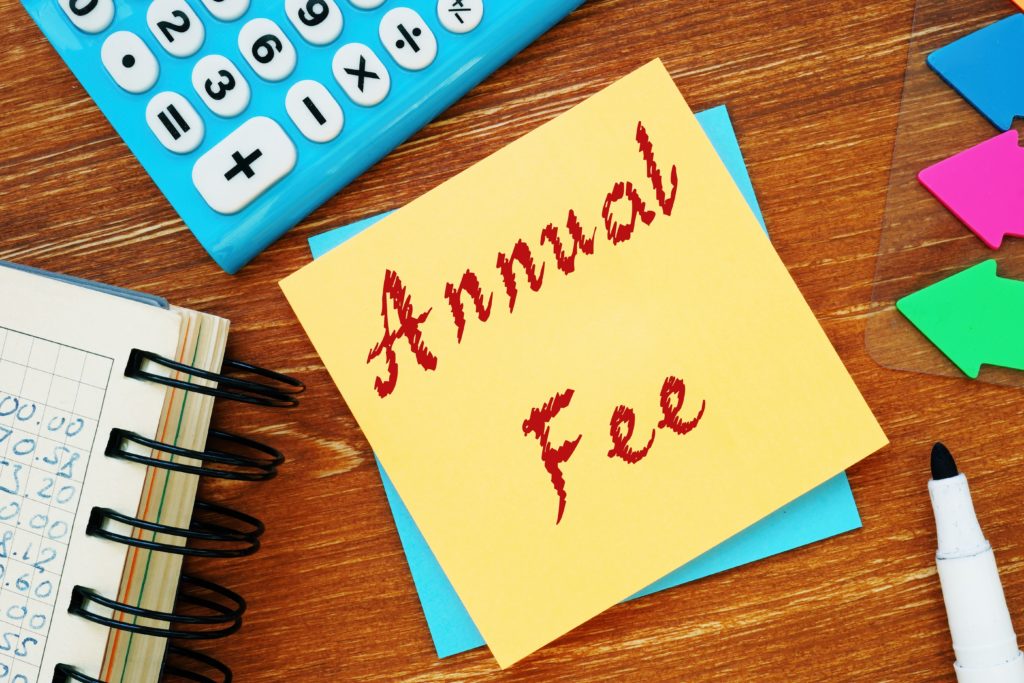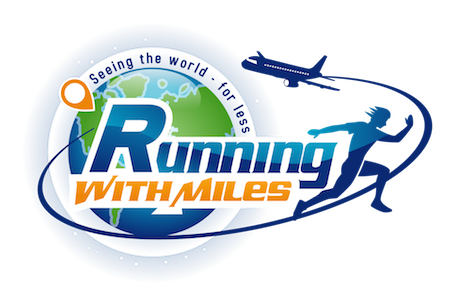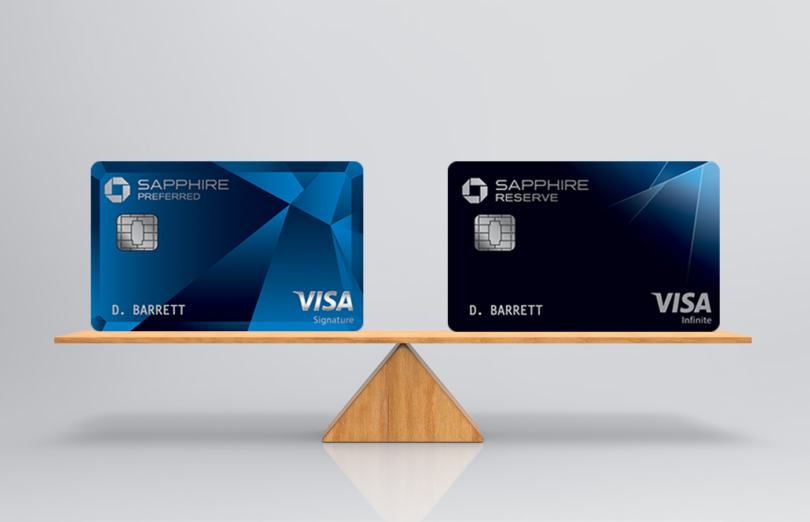With both Chase Sapphire cards having new sign-up bonuses and only being able to choose one, which card should you get? Let’s break down and compare the Chase Sapphire Preferred vs the Chase Sapphire Reserve!
Chase Sapphire Preferred or Chase Sapphire Reserve?
Let’s cut to the “chase” right away – the decision can be summed up quite easily by answering this question: do you want more points or more perks? Well, we actually could have both – but not right away! 🙂
The reason all of this matters is because you cannot get either one if you have received a bonus on one of them in the last 48 months so it definitely makes a difference to make sure you choose the right one now!
Comparing Sign-Up Bonuses
The Chase Sapphire Preferred comes with the bigger bonus – 60,000 points after spending $4,000 in the first 3 months. That is worth $750 in value if you Pay Yourself Back in certain categories or if you book travel through Chase. You can also transfer them to travel partners at 1:1.
The Chase Sapphire Reserve comes with a smaller bonus (but almost the same in value) at 50,000 points after spending $4,000 in the first 3 months. This bonus is actually worth $750 if you do Pay Yourself Back or book travel through Chase. The reason for the better value on points is because the Chase Sapphire Reserve gives you 50% additional value on points while the Chase Sapphire Preferred gives you 25% additional value. The points earned from the Reserve also transfer to travel partners at 1:1.
Comparing Earning Rates
Both cards have the same bonus categories – dining and travel. The Chase Sapphire Preferred will give you 2x points on those categories and 5x points with Lyft (through March 2022)while the Chase Sapphire Reserve gives you 3x points on those categories and 10x points on Lyft rides (through March 2022).
If you are a heavy spender in one or both of those categories, there are other cards that can actually give you better rates on each. But, if you want it in a simple, one-card solution, one of these Chase cards will work just fine. If you were to spend $5,000 in these categories each year, you would earn an extra 1,000 points with the Chase Sapphire Reserve over the Preferred, worth at least $15.
Comparing Perks

close-up of seats, tables and tablets in an airport waiting lounge
The Chase Sapphire Preferred is a great entry-level travel rewards card so it does not have much in the way of travel perks. It does have primary rental car insurance, which is nice if you want to rent a car and there is some incident and you don’t want your own insurance to take care of it.
The Chase Sapphire Preferred also comes with DoorDash perks that include a $0 delivery fee and reduced service fees on orders over $12 for a minimum of one year on qualifying food purchases with DashPass. It also comes with a perk that gives you up to $60 back on eligible Peloton Digital or All-Access memberships.
The Chase Sapphire Reserve takes these perks and pumps them up significantly. With DoorDash, you get the DashPass subscription along with up to $60 in statement credits on purchases made through December 31, 2021. For Lyft, you get up to 15% off every car ride as well as a complimentary Lyft Pink membership – a $199 minimum value. The Peloton perk comes with up to $120 back on eligible Peloton Digital or All-Access memberships through December 31, 2021.
When it comes to travel perks, you get Global Entry/TSA Precheck reimbursement, a complimentary Priority Pass lounge membership (free lounge visits for you and two guests), and $300 in travel credit on purchases made (which include dining and gas through the end of the year).
The Chase Sapphire Reserve comes with much better perks, especially if you travel.
Comparing Annual Fees

Business concept about Annual Fee with inscription on the piece of paper.
The Chase Sapphire Preferred comes with a $95 annual fee up front. The Chase Sapphire Reserve comes with a $550 annual fee up front.
That is a $455 difference in annual fees but it is not as easy as that. To start, the Chase Sapphire Preferred will give you a $50 statement credit on groceries. That brings the difference to more like $505 in overall cost/value difference.
But, we will take it further since you get $300 in travel/grocery/gas credit on the Chase Sapphire Reserve. That brings the difference down to $205.
If you value the various memberships (like Peloton, Lyft, DoorDash), the Chase Sapphire Reserve comes out ahead. But, for most of us, you can find some value in that but you are not going to look at those perks as cash.
Instead, the final thing we will look at is the points and their value. The Chase Sapphire Reserve gives you 50% extra value on points redemption while the Chase Sapphire Preferred gives you 25% extra value. If you do not transfer your points to travel partners but use them to Pay Yourself Back or book travel, the break even point on the annual fee difference (the straight difference of $455, not counting the other credits), you would need to redeem 180,000 points in a year to make the Chase Sapphire Reserve pay for itself in the extra value of the redemption.
So, Which Card to Choose?
Now it may all look a bit more complicated after breaking it all down! I mean, if you start with the basic question of what do you value more, points or perks, that sounds easy enough! But, there are a lot of ways to make the Chase Sapphire Reserve pay for itself.
My recommendation is to get the Chase Sapphire Preferred and then upgrade to the Chase Sapphire Reserve next year. Since the annual fee would change, you need to wait at least 12 months after signing up before upgrading but by doing it this way, you would get the 60,000 points of the CSP but then trade up to the CSR next year when travel is likely to be way back to what we may consider normal. Best of both worlds, if you want both the points and the perks.








Should we wait for referral bonuses?
The referral bonuses will likely be out in the next week or so, I would imagine. If you have someone in the family/friend that is interested, I would definitely wait (if you have the card). Getting 15k yourself is a nice little haul! I didn’t know how long it would be so that is why I put these posts out now, so at least people could get the cards even if I don’t get anything from them yet.
[…] But of course you can not get both Chase Sapphire cards together. I agree with this: Should You Get the Chase Sapphire Preferred or Chase Sapphire Reserve? […]
Annual fee for Sapphire Preferred is $95 not $99.
Thanks for catching that!